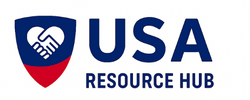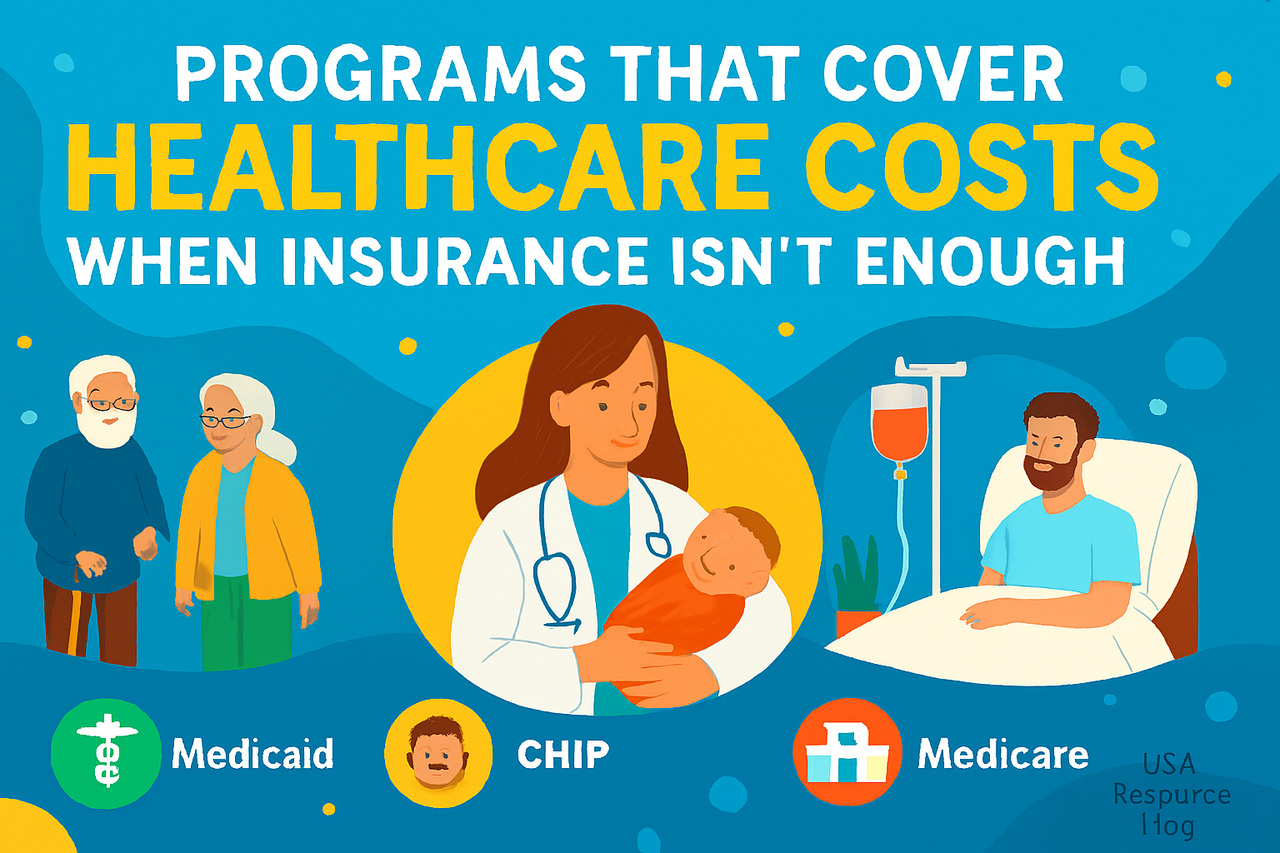Having health insurance doesn’t always mean you’re fully covered. High deductibles, copays, and uncovered services can leave you with bills you weren’t prepared for. Whether it’s a surprise emergency room visit, ongoing prescriptions, or specialist care, many Americans find themselves underinsured—struggling to pay for care even with coverage in place.
Fortunately, there are programs designed to fill those gaps. If your insurance isn’t enough, these resources can help reduce out-of-pocket costs and connect you with affordable care.
1. Medicaid and CHIP Supplemental Coverage
If your income is low and your insurance doesn’t cover everything, you may still qualify for Medicaid or the Children’s Health Insurance Program (CHIP). These programs offer comprehensive coverage with little to no cost for eligible individuals and families.
Even if you already have insurance, Medicaid may act as a secondary payer, covering services your primary plan doesn’t. CHIP also helps families with children who don’t qualify for Medicaid but still need affordable care.
Eligibility varies by state, but you can check your status through Healthcare.gov or your state’s Medicaid office.
2. Medicare Savings Programs and Extra Help
If you’re on Medicare and struggling with costs, there are programs that help pay for premiums, deductibles, and prescription drugs.
- Medicare Savings Programs: These cover Part A and Part B costs for low-income beneficiaries.
- Extra Help: This program assists with Part D prescription drug costs, including premiums and copays.
You can apply through your state’s Medicaid office or use the Social Security Administration’s Extra Help portal.
3. Cost-Sharing Reductions (ACA Marketplace Plans)
If you purchased insurance through the Affordable Care Act (ACA) marketplace, you may qualify for cost-sharing reductions. These lower your out-of-pocket costs for deductibles, copays, and coinsurance.
To receive these savings, you must enroll in a Silver-level plan and meet income requirements. Many enrollees find that their total healthcare costs drop significantly with these subsidies.
4. Charity Care and Hospital Financial Assistance
Nonprofit hospitals are required to offer financial assistance to patients who cannot afford care. This is known as charity care. If you’ve received treatment and can’t pay the bill, contact the hospital’s billing department and ask about their financial assistance policy.
You’ll typically need to provide proof of income and household size. Some hospitals also offer sliding-scale discounts based on your ability to pay.
5. Prescription Assistance Programs
Prescription costs can add up quickly, especially if your insurance doesn’t cover certain medications. Many pharmaceutical companies offer patient assistance programs that provide free or discounted drugs to eligible individuals.
You can search for programs through:
- NeedyMeds.org
- RxAssist.org
- Manufacturer websites (look for “patient assistance” or “savings cards”)
Generic alternatives and discount pharmacy networks like GoodRx can also help lower costs at the point of sale.
6. Federally Qualified Health Centers (FQHCs)
FQHCs provide primary care, dental, mental health, and preventive services on a sliding fee scale. These centers receive federal funding to serve underserved communities, regardless of insurance status.
You can find a local FQHC through the HRSA Health Center Locator. Services are often available at reduced rates, and many centers help patients apply for additional assistance.
7. State and Local Health Assistance Programs
Many states offer supplemental health programs for residents who fall through the cracks. These may include:
- Emergency medical assistance
- Cancer treatment funds
- HIV/AIDS support services
- Mental health subsidies
- Dental care vouchers
Contact your state’s health department or social services agency to learn what’s available in your area. You can also call 211 for local referrals.
8. COBRA Premium Assistance and Short-Term Coverage
If you’ve lost employer-sponsored insurance, COBRA allows you to continue coverage temporarily. While COBRA can be expensive, some states offer premium assistance or subsidies for those who qualify.
Short-term health plans may also provide limited coverage while you transition to a new job or insurance plan. These are not ideal for long-term care but can help in emergencies.
Final Thoughts
Insurance gaps are common, but they don’t have to leave you without care. From Medicaid supplements to hospital assistance and prescription support, there are programs designed to help you manage costs and stay healthy.
Start by reviewing your current coverage, identifying where the gaps are, and reaching out to local agencies or nonprofit organizations. The help is real, and it’s often closer than you think.


Leave a Reply